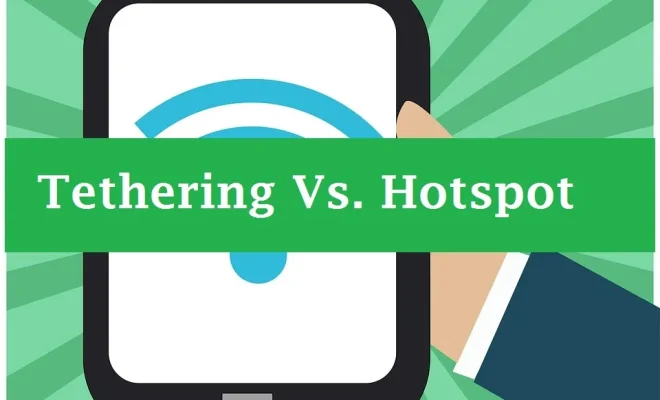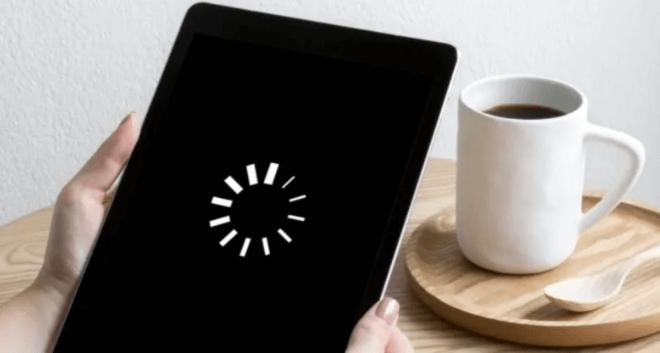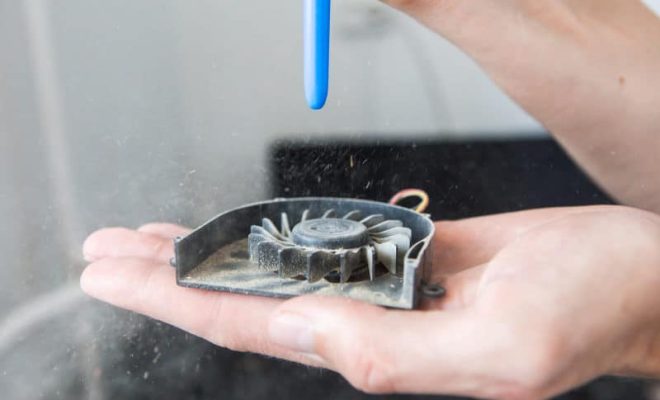What’s the difference between a mobile hotspot and tethering?

As technology has evolved, the way we access the internet has become more diverse. The days of relying solely on a wired connection are gone, as many people use their smartphones to connect to the internet on the go. Two popular ways of doing so are through mobile hotspots and tethering. While they may seem similar, there are some fundamental differences between them.
What is a mobile hotspot?
A mobile hotspot is essentially a device that allows you to create a wireless internet connection by using your mobile data plan. Devices such as smartphones, tablets, and laptops can connect to the hotspot and enjoy high-speed internet access. A mobile hotspot can be a standalone device, or it can come pre-installed on some smartphones.
What is tethering?
Tethering, on the other hand, refers to the practice of connecting your mobile device – typically a smartphone – to a separate device, such as a laptop or tablet, and sharing its mobile data connection. Essentially, tethering uses your phone’s mobile data plan to provide internet connectivity to another device.
Differences between mobile hotspot and tethering
There are several differences between mobile hotspot and tethering, including:
1. Multiple connections: A mobile hotspot typically allows multiple devices to connect to it at once, whereas tethering usually only allows one device to connect at a time.
2. Battery life: When you tether your phone to another device, the phone’s battery will drain faster than it would if you were simply using it without tethering. Using a mobile hotspot, however, won’t drain your phone’s battery as much, as it doesn’t require your phone to constantly transmit data to another device.
3. Range: Mobile hotspots usually have a wider range than tethering, so you can connect to them from further away. Tethering requires the two devices to be close to each other to maintain a stable connection.
4. Speed: Mobile hotspots are generally faster than tethering because they use dedicated hardware to create a wireless connection. Tethering, on the other hand, uses the phone’s built-in software to create a connection, which can be slower.
5. Cost: Tethering is generally cheaper than using a mobile hotspot, as it doesn’t require you to buy a standalone device. However, some carriers charge extra fees for tethering, so it’s essential to check with your carrier first.





